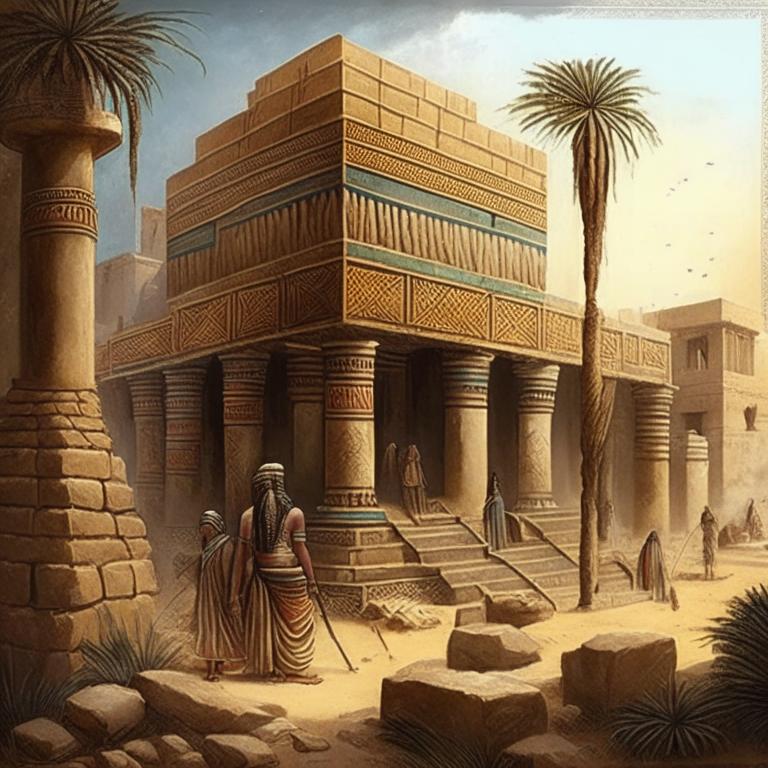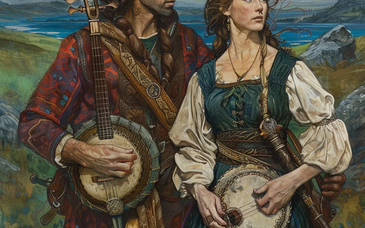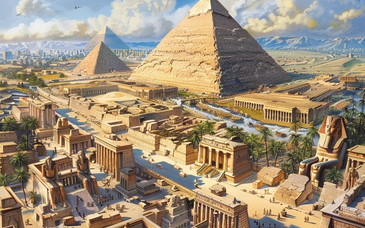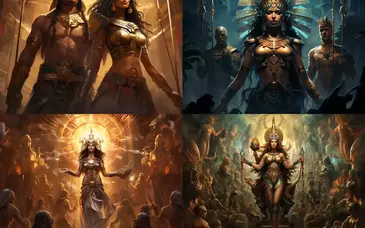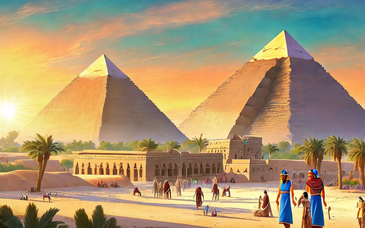The ancient cultures section features many of the world's ancient cultures/empires. Presented with each is a brief history, a glossary, myths, rulers, and more.
The Oriental Institute Museum is a showcase of the history, art and archaeology of the ancient Near East. An integral part of the University of Chicago's Oriental Institute, which has supported research and archaeological excavation in the Near East since 1919, the Museum exhibits major collections of antiquities from Egypt, Mesopotamia, Iran, Syria, Palestine, and Anatolia.

Highlights by region
Highlights by subject
- Animals
- Boats
- Clothing: Representations of
- Combat
- Daily Life
- Deities
- Funerary Objects
- Games and Sports
- Industry
- Inscribed Material
- Jewelry
- Kings
- Men
- Metal
- Mummies
- Music
- Pottery
- Seals and Weights
- Tools
- Women
Visitors to the Museum are given a glimpse into the fascinating world of ancient man. Three millennia of civilization in the ancient Near East saw the rise of mighty nations in Egypt, Anatolia, Mesopotamia and Iran. Smaller kingdoms, too, left traces for the archaeologists. To see the artifacts left by these people is to look back at the beginnings of some of mankind's most fundamental endeavors. Sculptures and relief carvings depict the people themselves, as well as their gods and goddesses. Monumental statues proclaim the glory of their kings. Clay tablets, papyrus scrolls and inscriptions on stone show the development of their writing systems and document many aspects of their lives. Objects used in daily life display their skill in decorative arts and reveal the refinement of their tastes.
Unlike many more widely known museum collections, whose objects were acquired by purchase, the majority of the artifacts in the Oriental Institute Museum were found as a result of archaeological excavations sponsored by the Oriental Institute. These excavated artifacts have an additional and special importance, not only because they are known to be authentic, but also because scholars gain scientific and historical information from the circumstances of their discovery. This knowledge adds immeasurably to the collection's scientific value and to the quality of exhibitions in the museum.
This document highlights objects chosen to illuminate some of the more interesting and important aspects of ancient Near Eastern civilizations. The information it contains is only a brief glimpse into those complex and fascinating cultures, and is intended as an enticement to you to dig deeper into the world of ancient man.
